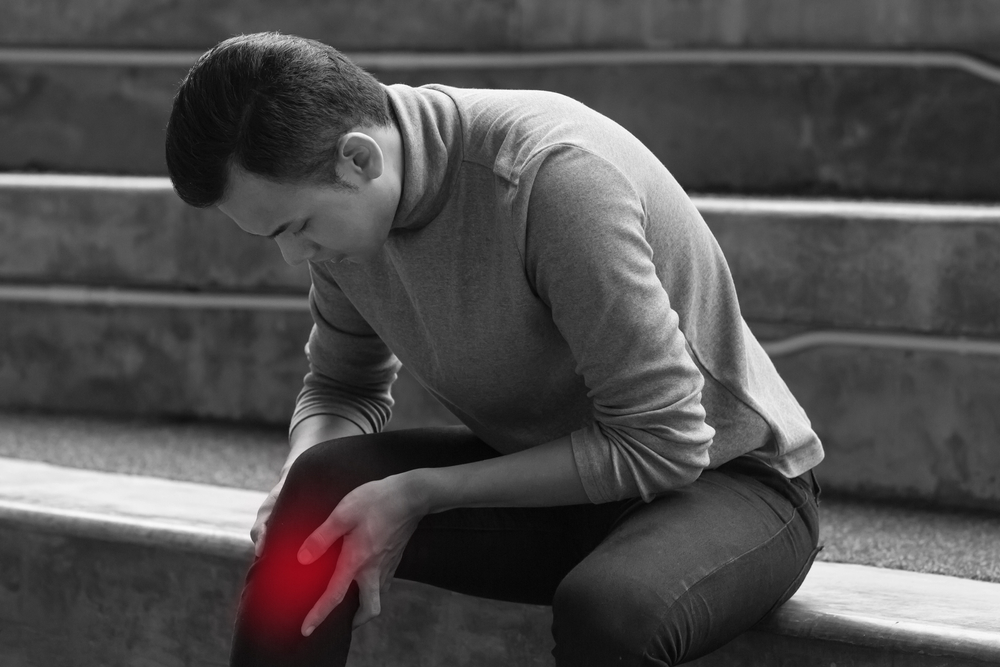Symptoms And Treatment Methods For Osteoarthritis
Symptoms and treatment methods for osteoarthritis
Osteoarthritis is the most common type of arthritis, and it is common among old people and people who are obese. It is a degenerative disease that affects the joints such as knees and hips. This condition develops when the cartilage of your bone joints are unable to do its regular job such as absorbing energy from physical movements. It is usually caused by the wear and tear that the cartilage has gone through over the years.

It is essential to know the symptoms of osteoarthritis so that you avoid the condition by getting it treated in the early stages. Let’s look at the various symptoms of osteoarthritis.
What are the symptoms of Osteoarthritis?
- Stiff joints: One of the most common symptoms of osteoarthritis is stiff joints. If your joints feel stiff after a period of inactivity, then there is a high chance that it is an indicator of this condition. You will also notice that your flexibility has declined, and you may also find it difficult to perform routine chores.
- Chronic pain: It is quite natural to feel pain when your regular movements are restricted. However, it is a serious issue if you are experiencing chronic pain. You should not wait for the pain to turn chronic before visiting a doctor. After all, prevention is better than cure.
- Tenderness in the joints: Another symptom of osteoarthritis that you may experience is tenderness in the joints. You will be unable to take a lot of pressure or weight on your joints. If the cartilage is already significantly damaged, you may even feel your bones rubbing against each other. You should get this checked by a doctor as soon as possible.
- Spurs: Also known as bone spurs, extra bones form at the affected joints, creating protrusions.
It is not enough to only know about the symptoms of osteoarthritis. After the condition has been accurately diagnosed, it is equally important to know about its different treatment methods.
Can osteoarthritis be treated with medication?
- Osteoarthritis patients can experience severe pain. Luckily, there are several medications available to control or reduce pain.
- NSAIDs (Nonsteroidal anti-inflammatory drugs) help in reducing pain and inflammation as well.
- Medications such as Duloxetine and Acetaminophen also help with the pain.
- However, it’s best to visit a doctor who can prescribe medications that are specific to your condition.
How can therapy help in treating osteoarthritis?
- Physical therapy is one of the best ways to cure osteoarthritis. It strengthens the muscles and reduces the stress caused to the joints.
- Eastern therapy methods such as yoga can also be used to get better as it helps to build muscle flexibility.
- Another common remedy for osteoarthritis is to have an active lifestyle with regular workouts.
- Endurance exercises and strength training have also shown amazing results.
Can surgery help in treating osteoarthritis?
- Surgery is generally the last resort for this condition.
- If the condition has worsened to the point where non-surgical treatments won’t work, your doctor will prescribe surgery to correct the damage.
- Surgeries such as bone realignment, joint replacement, and lubrication are commonly used to fix the issue.
It is very common for osteoarthritis patients to be diagnosed with osteoporosis. Osteoporosis is a condition where the bone mass has reduced, making them prone to fractures. The latest treatments for osteoporosis includes new drugs that are more effective. They also include dietary supplements that help in increasing the bone mass.
If you are experiencing any of these symptoms, you should start paying more attention to them and consult an orthopedic doctor immediately.















